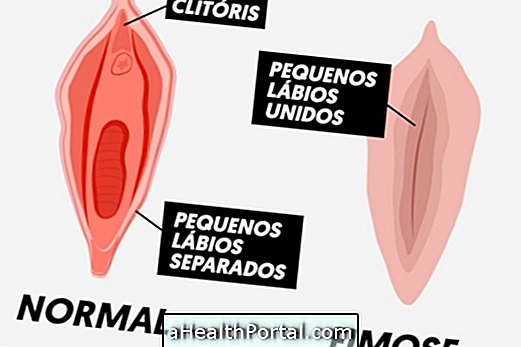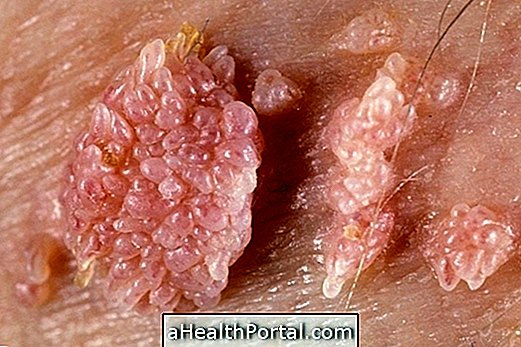The most effective treatment for uterine polyp is sometimes removal of the uterus, although polyps can also be removed through cauterization and polypectomy. Choosing the most effective treatment depends on the woman's age, whether she has symptoms or not, and whether she takes hormonal medications. Treatment options for uterine polyps can be:
1. Observation only
Sometimes the doctor can only indicate the observation of the polyp for 6 months, especially when he does not present symptoms such as prolonged bleeding, intermenstrual, cramps or foul smelling discharge. In these cases the woman should have a gynecology appointment every 6 months to check if the polyp has increased or decreased in size. This conduct is more common in young women who do not have any symptoms related to the uterine polyp.
2. Surgery to remove the uterine polyp
Polypectomy through surgical hysteroscopy may be indicated for all healthy women, since polyps can make it difficult to implant the fertilized egg in the uterus, which decreases the chances of pregnancy. Surgery to remove the uterine polyp can be done at the doctor's office with local anesthesia, and it should remove the polyp and its basal layer because this decreases the risk of developing cancer. See how recovery is after the removal of the polyp.
In postmenopausal women, uterine polyps usually have no symptoms, although they can cause vaginal bleeding in some women. In these, polypectomy is quite effective and the polyp rarely returns, although at this stage there is a higher risk of developing cancer. The only way to know if the uterine polyp has the potential to be malignant is through biopsy, which is recommended for all women who have developed polyps after menopause. The older the woman, the greater the chances of developing endometrial cancer.
3. Removal of the uterus
Removal of the uterus is a treatment option for women who do not wish to have more children, have severe symptoms, and are elderly. See what happens after the uterus is removed.
However, this surgery is not advised for young women, who have not yet had children, and it is more appropriate in these cases to remove the uterine polyp through cauterization and polypectomy, which also removes its implantation base.
The doctor together with the patient can discuss the possibility of treatment, taking into account the risk of developing cancer, the presence of unpleasant symptoms and their desire to become pregnant. The doctor should reassure the patient and inform that after removal of the polyps, they may reappear, although there is a greater possibility of this happening in young women who have not yet entered the menopause and who have symptoms, because after the menopause rarely the uterine polyp appears again.
What is the risk of the uterine polyp becoming cancer?
Uterine polyps are benign lesions that rarely develop into cancer, but this can happen when the polyp is not removed or when its implantation base is not removed. Women who have a higher risk of developing uterine cancer are those who have been diagnosed with uterine polyp after menopause and who have symptoms.
Signs of improvement
In asymptomatic women the signs of improvement can only be observed during the examination in which the doctor verifies that the uterine polyp has decreased in size. In women with symptoms such as abnormal bleeding, signs of improvement may include normalization of menstruation.
Signs of worsening and complications
Signs of worsening may occur when there is an increase in menstrual flow or vaginal blood loss between two menses. In this case, when noticing these symptoms the woman should return to the doctor to check if the uterine polyp has increased in size, if others have appeared or if their cells have mutated, which can lead to cancer, which is the worst complication that the endometrial polyp can cause.
See too:
What can cause uterine polyp

























